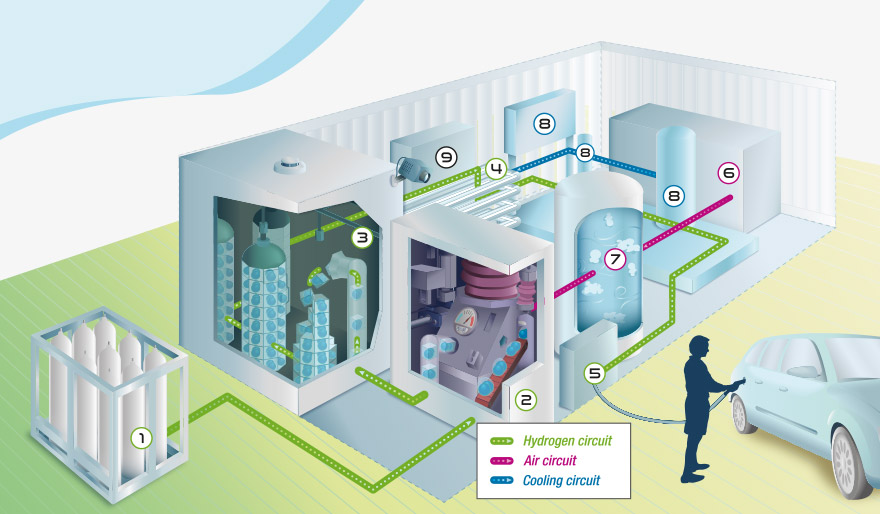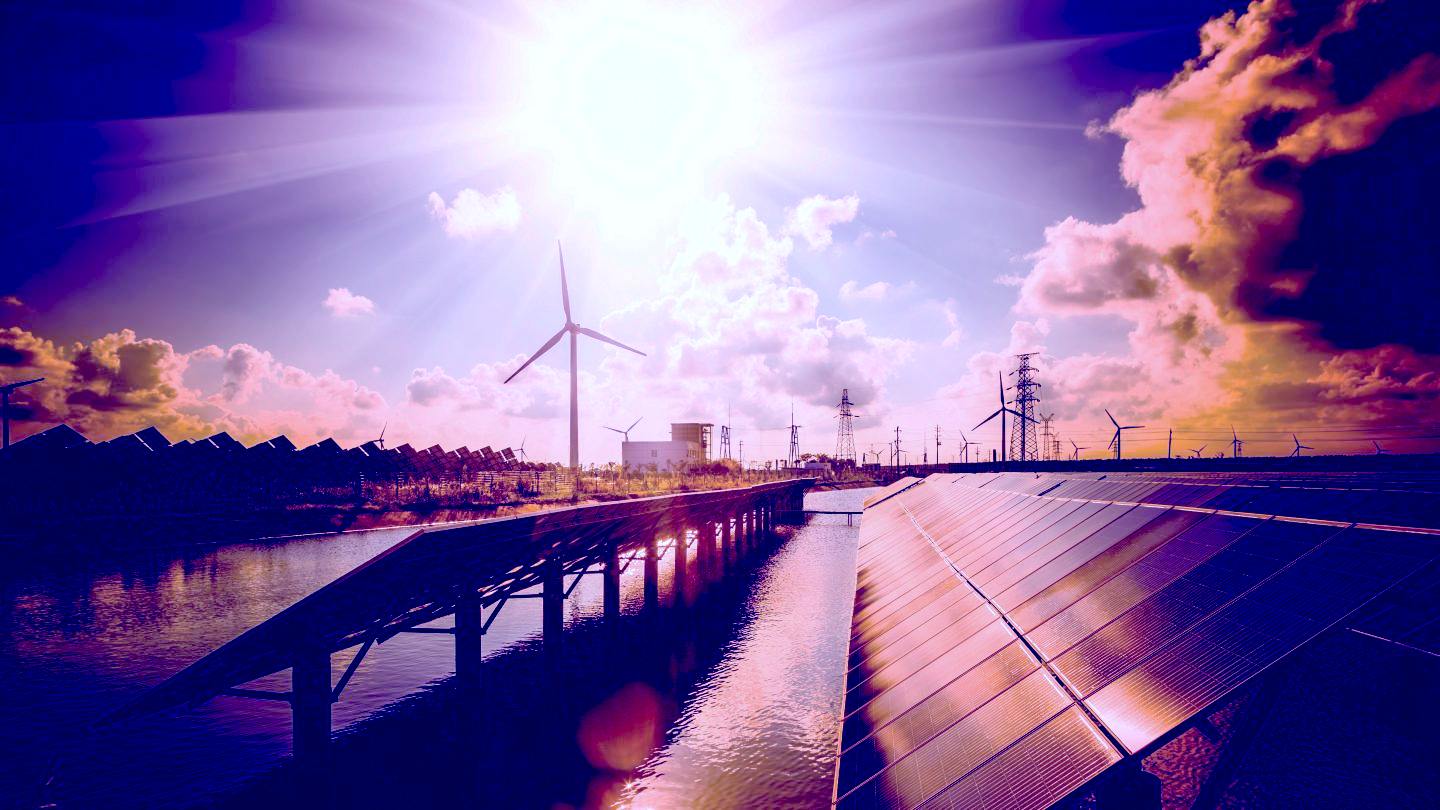|
FCH-JU
Please use our A-Z INDEX to navigate this site where page links may lead to other sites.
|
|
|
BART BIEBUYCK & PHILIPPE VANNSON - The Fuel Cells and Hydrogen Undertaking (FCH JU) are working to facilitate the market introduction of FCH technologies in Europe and realise their potential in a carbon-clean energy system. They do this by implementing research and innovation (R&I) programmes in order to develop a portfolio of clean, efficient solutions that exploit the properties of hydrogen as an energy carrier and fuel cells as energy converters, to the point of market readiness.
FCH
JU STORY
This organisation appears to be concentrating on funding electrolyzer development for clean hydrogen, the aim being to reduce the cost of production.
At time of writing, they don't seem to have done the necessary research to know what mix of battery and hydrogen infrastructure is necessary. Though, we understand that a call has recently gone out, inviting proposals to carry out such research.
Of late, the European Union have decided to form a European Clean Hydrogen Alliance, inviting many countries outside the EU to enjoin, but specifically excluding the UK, despite the Trans European Networks for Energy.
Hydrogen power is the next stage of sustainable development for electrics, by extending range significantly for passenger vehicles and making the practical operation of long range heavy goods vehicles possible. But what about when a fuel cell breaks down? Roadside recovery will take you to the nearest garage for a conventional FCEV, but with the SmartNet™ Universal system, you can have a replacement fitted in a couple of minutes and be back on your way.
TRANS EUROPEAN NETWORKS FOR ENERGY (TEN-E)
PRIORITY CORRIDORS
Integrated offshore electricity grid development and related interconnectors in the
North
Sea, Irish
Sea, English
Channel, Baltic Sea and neighbouring waters to transport electricity from renewable offshore energy sources to centres of consumption and storage and to increase cross-border electricity exchange.
Interconnections between EU countries in this region and with the
Mediterranean area including the Iberian peninsula, in particular to integrate
electricity from renewable energy sources and reinforce internal grid infrastructures to promote market integration in the region.
Interconnections and internal lines in north-south and east-west directions to complete the EU internal energy market and integrate
renewable energy sources.
Interconnections between Member States in the Baltic region and the strengthening of internal grid infrastructure, to end the energy isolation of the Baltic States and to foster market integration; this includes working towards the integration of renewable energy in the region.
A proposed Hydrogen Refuelling Station by Air Liquide, where hydrogen is made from water on site, compressed and stored in cylinders before being dispensed to FECV customers. These HRS's can only service hydrogen powered vehicles - and there is no load levelling ability. For that you'd need our Universal Smart Batteries.
CONTACTS
FUEL CELLS AND HYDROGEN JOINT UNDERTAKING Fax:
+32 2 221 81 26
Typically, hydrogen is delivered to a fuelling location in the same way as it is distributed to industry: in pressurised tanks on lorries. However, at suitable sites hydrogen can be produced on-site by electrolysis, in the best case with the aid of renewable electricity obtained via direct coupling (wind/solar), or through grid-balancing services.
HYDROGEN FUEL CELL CONVERSION CHAIN NEGATIVES
Going against hydrogen, is the losses in efficiency during the conversion process, where water is electrolyzed, the gas is then compressed and converted via a fuel cell to electricity. The conversion chain only yields around 25% as opposed to battery powered electrics, where the conversion chain is around 70%. These figures are constantly changing, mainly due to the improvement in electrolysis technology. But PEM fuel cells are only around 50% efficient, in converting hydrogen to electricity. Hence, the only real advantage is long term sustainability, that battery technology alone may not be able to provide.
We should therefore, use all the means at our disposal to improve EVs, by way of range extending technology. This includes solar assistance, something that is hardly ever considered.
LINKS & REFERENCE
https://ec.europa.eu/energy/topics/infrastructure/trans-european-networks-energy_en
Hydrogen powered vehicles are becoming more popular, especially buses in cities, where diesel particulates are choking the population and causing cancer. There is an abundance of clean wind and solar energy that can produce green hydrogen, something that at the moment is not happening.
Please use our A-Z INDEX to navigate this site
This website is provided on a free basis to promote zero emission transport in Europe and Internationally. Copyright © Climate Change Trust & Universal Smart Batteries 2021. Solar Studios, BN271RF, United Kingdom.
|






